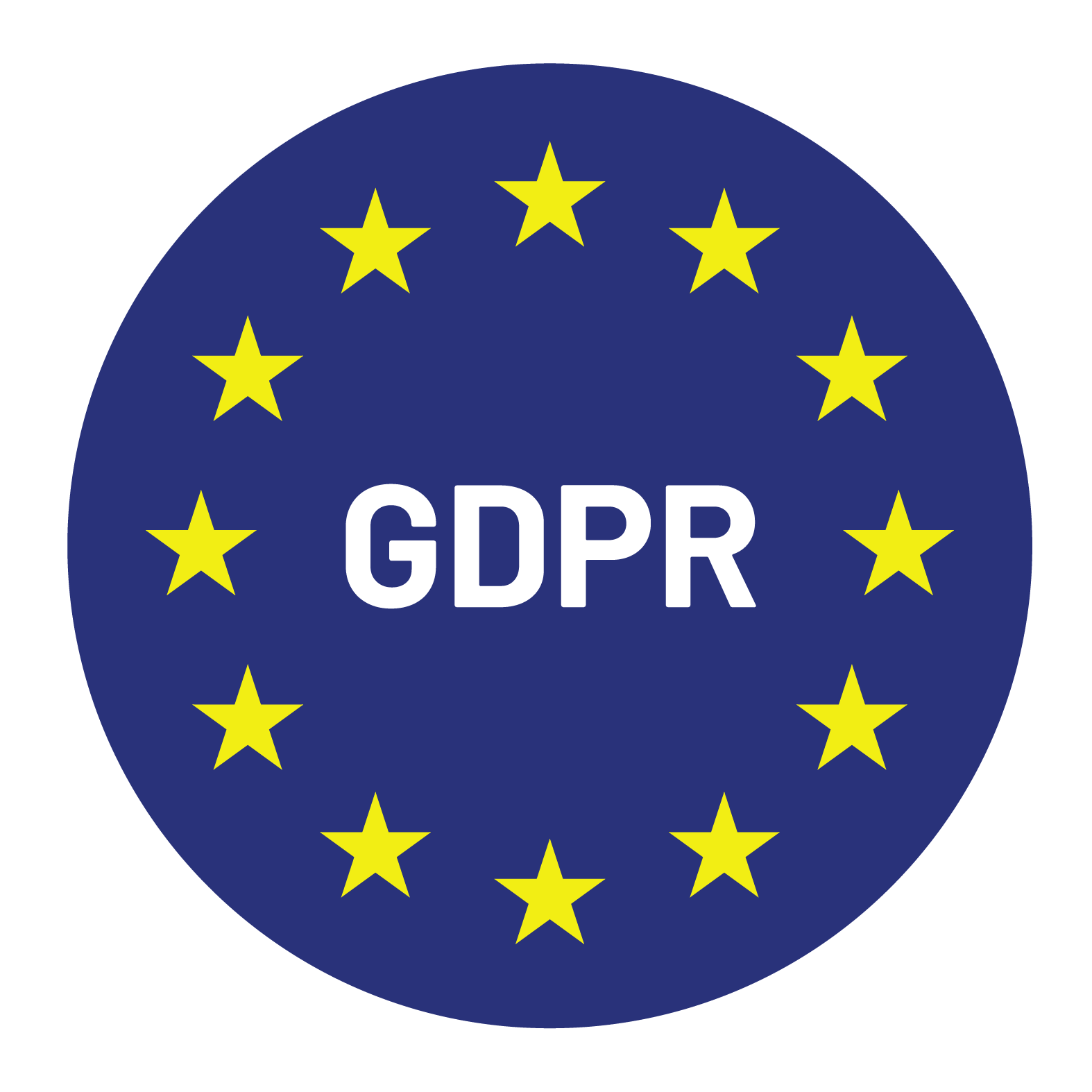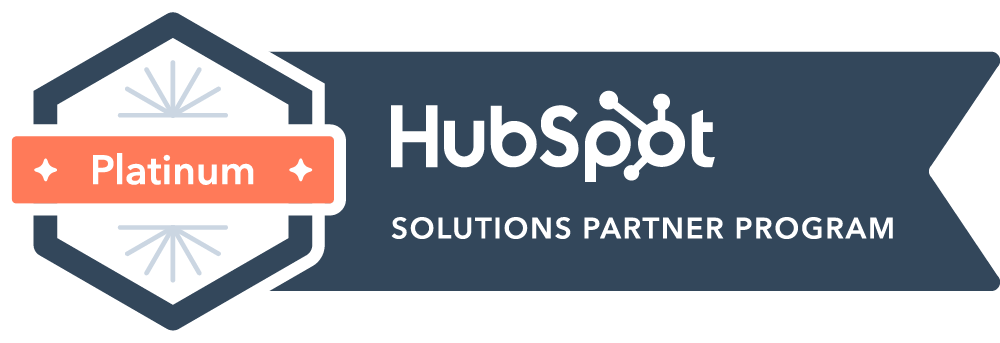


Content Writer for Whistle with multidisciplinary experience spanning over a decade.
Product-Led Growth (PLG) is a modern approach to growing a business that focuses on leveraging the product itself as the primary driver of customer acquisition, conversion, and retention. Unlike traditional sales-led or marketing-led growth strategies, which rely heavily on human interactions and campaigns, PLG strategies emphasizes the value of the product and its ability to deliver a superior user experience. In this model, the product becomes the main driver of customer acquisition and growth, as users are encouraged to try, adopt, and ultimately upgrade or refer the product to others. PLG companies invest heavily in building products that are intuitive, user-friendly, and provide value from the very first interaction.
Product-led growth (PLG) has emerged as a dominant market strategy, fueled by its ability to drive faster and more efficient growth for businesses. By prioritizing product usage and experiences as the primary drivers for customer acquisition and retention, PLG enables companies to achieve remarkable results.
Reduce customer acquisition costs (CAC).
Unlike traditional sales-led growth, PLG leverages the product itself as a key tool for attracting and converting potential customers. By offering freemium products or trial periods, businesses can showcase the value of their product upfront, allowing potential customers to experience its benefits before making a purchasing decision. This not only lowers CAC but also builds trust and increases customer loyalty.
Shorter sales cycles
As customers who have already experienced the product are more likely to convert into paying customers. By providing a seamless onboarding process and a user-friendly product experience, PLG companies can accelerate the decision-making process and drive quicker revenue growth.
Higher adoption and retention rates
By focusing on delivering a stellar user experience and continually improving their product features, PLG companies can create a user base that is highly engaged and loyal. This not only leads to increased adoption rates but also promotes customer satisfaction and drives long-term revenue growth.
Better understanding of user needs
By closely monitoring user behavior and engagement metrics, companies can gain valuable insights into user preferences and pain points. This allows them to make data-driven product decisions, enhance the user journey, and deliver personalized experiences that resonate with their target audience.
To achieve successful product-led growth (PLG), it is crucial for companies to deeply understand their customers. By gaining insights into their needs, preferences, and pain points, businesses can tailor their product and marketing strategies to effectively attract and retain loyal customers. Through data-driven analysis of user behavior and engagement metrics, companies can uncover valuable information about their target audience, allowing them to make informed decisions and deliver personalized experiences. This customer-centric approach not only enhances the user journey but also fosters stronger customer relationships and drives long-term revenue growth.
Identifying potential customers is a crucial step in implementing a product-led growth (PLG) model. This involves analyzing the target market and identifying customer segments that align with the PLG strategy.
Understanding the specific needs and preferences of each target customer group is essential for tailoring the product-led approach. Enterprise customers may require robust features, integration options, and scalability, while SMBs might prioritize simplicity, cost-effectiveness, and ease of use. Individual users may seek personalized experiences, customization options, and value-driven solutions.
By analyzing the target market and customer segments, businesses can align their product-led strategies to effectively address the unique pain points and requirements of each potential customer group. This allows companies to tailor their product offerings, onboarding processes, and customer experiences to maximize the value delivered to these customers.
Identifying potential customers is a critical first step in leveraging the PLG model to drive customer acquisition, revenue growth, and customer loyalty. By focusing on the specific needs and preferences of each target customer group, businesses can effectively capture new customers and retain existing ones, ultimately leading to sustainable growth and success.
Mapping user experiences plays a crucial role in the context of product-led growth. It involves understanding and visualizing the journey that users take while interacting with a product, from the first point of contact to becoming a loyal customer. By mapping user experiences, businesses can gain valuable insights into user behavior, pain points, and needs, enabling them to create products that are intuitive and easy to use for all audiences. A seamless and user-friendly experience encourages users to explore different features, engage with the product, and ultimately convert into paying customers. Moreover, it promotes positive word of mouth and referrals, expanding the customer base further.
The process of mapping user experiences involves several steps:
– Conducting user research: helps businesses gain a deep understanding of their target audience’s preferences, needs, and pain points. This includes gathering qualitative and quantitative data through surveys, interviews, and user behavior analysis.
– Identifying pain points and needs: allows businesses to uncover the specific challenges that users face while interacting with a product. This insight helps in designing solutions that address these pain points and provide value to the users.
– Creating user personas: is another important step in mapping user experiences. User personas represent different segments of the target audience and help in understanding their motivations, goals, and behavior patterns. These personas serve as a guide when making product design decisions and creating personalized user experiences.
– Designing user flows: involves visualizing the different steps and interactions that users take while using the product. It helps in streamlining the user journey and ensuring that the product is easy to navigate and use.
Developing a usable product is crucial for achieving product-led growth. By focusing on creating an intuitive and seamless user experience, businesses can attract and retain customers, driving sales and revenue growth. The process of developing a usable product involves several key steps:
Conducting a product audit
This is important to identify areas for improvement. This involves evaluating the entire customer journey, from the initial trial experience to activation, churn deflection, and upsell opportunities. By analyzing each stage of the customer lifecycle, businesses can pinpoint any pain points or bottlenecks that may hinder user adoption and conversion to paid customers.
Divide developers into core departments
This division helps allocate resources effectively, with core developers focusing on enhancing the product’s features, usability, and overall value proposition. Meanwhile, developers working on improving the funnel concentrate on optimizing the trial experience, increasing activation rates, reducing churn, and maximizing upsell opportunities.
Trial experience, conversion to paid, activation, churn deflection/reduction, and upsell
These key factors directly impact user satisfaction and ultimately determine the success of product-led growth strategies. By continually iteratively improving these aspects of the product, businesses can unlock its full potential and drive sustainable growth.
Gaining user insights and feedback is crucial in the context of product-led growth. It provides valuable information about user reactions and preferences, allowing businesses to improve their product and drive growth. Here are some steps to effectively collect user feedback and gain actionable insights:
– Implement User Feedback Mechanisms: Integrate tools like Smartlook and Survicate into your product to gather user feedback directly. Smartlook allows businesses to record and analyze user sessions, providing valuable insights into how users interact with the product. Survicate offers customizable surveys and feedback forms that can be embedded within the product, helping capture specific user insights.
– Link User Feedback with Product Usage Data: To understand the impact of user feedback on product usage, it is essential to link these two sources of data. By correlating feedback responses with specific usage patterns and actions, businesses can identify improvement areas that directly impact the user experience.
– Leverage In-App Messaging: Use in-app messaging to engage with users and gather real-time feedback. Prompt users to provide feedback during critical moments of the customer journey, such as after completing a task or encountering an issue. This allows businesses to collect timely insights and take immediate action to address user concerns.
– Conduct User Surveys and Interviews: Alongside in-app feedback, conduct regular surveys and user interviews to gain more in-depth insights. Ask targeted questions about specific features, pain points, and suggestions for improvement. These qualitative insights provide a deeper understanding of user preferences and help prioritize product enhancements.
When it comes to implementing a successful product-led growth strategy, having the right team structure in place is crucial. A well-coordinated team ensures that all aspects of the product-led approach, from product development to customer success, align with the overall business strategy. The first step is to assemble a cross-functional team consisting of members from different departments, such as product management, marketing, customer success, and sales. This team should work together to drive user adoption, retention, and expansion.
Identifying champions within your company
Individuals who believe in the power of product-led growth and are willing to advocate for its implementation. These champions can help you gain C-Suite buy-in, as their support is critical in securing the necessary resources and budget for your team.
Change your recruiting focus
Look for individuals who have a strong background in product management, user experience, and strategy, as they bring valuable insights and skills to the table. Having a diverse team that can collaborate effectively and bring fresh perspectives is key to success.
Highlight potential benefits
It is vital to emphasize the importance of product-led growth to your C-Suite and highlight the potential benefits it brings to your organization. Present case studies and success stories from other product-led companies to garner support and showcase the value of this approach.
Building a strong customer success team is a vital component of a successful product-led growth strategy. The team’s primary focus is to ensure that customers have a positive experience with your product and achieve their desired outcomes. Here’s how you can leverage customer success insights and embed self-serve customer success levers in the product and user journey:
– Understand Customer Success Insights: Start by diving deep into customer analytics and feedback to identify key patterns, pain points, and areas of improvement. Use these insights to inform your customer success strategy and prioritize initiatives that will deliver the most value to your users.
– Embed Self-Serve Customer Success Levers: Identify opportunities to proactively guide and assist users within your product and user journey. This could include features like in-app tutorials, tooltips, contextual help, and knowledge bases that provide users with the resources and information they need to succeed independently.
– Develop Proactive Engagement Practices: Train your customer success team to reach out to customers at critical touchpoints in their journey to provide guidance, gather feedback, and address any issues promptly. By taking a proactive approach to customer success, you can prevent churn and foster customer loyalty.
Examples of PLG Companies with Thriving Digital Communities:
Several product-led growth (PLG) companies have excelled in creating thriving digital communities to offer user support. Some notable examples include:
– Slack: Slack has built a vibrant community through a dedicated customer success team and robust self-serve customer success levers embedded throughout its platform. Users can access an extensive knowledge base, join public communities, and seek help from a responsive support team.
– Canva: Canva offers an intuitive design platform combined with self-serve customer success levers, such as tutorials, templates, and an active user forum. Through these channels, Canva provides users with guidance and fosters collaboration within its community.
– HubSpot: HubSpot’s customer success team is renowned for its proactive engagement practices and extensive online resources. They offer personalized onboarding, regular check-ins, and an extensive library of guides and courses to enable users to get the most out of the platform.
While a product-led approach focuses on offering a seamless user experience and driving adoption through self-serve customer success levers, sales and marketing teams play a vital role in maximizing the growth potential of the product.
The marketing team has specific goals within a product-led growth strategy. They are responsible for effectively positioning and launching the product in the market. This includes conducting market research, defining target audiences, and crafting compelling messaging to attract potential customers. Additionally, the marketing team plays a key role in driving trials and demos, enticing users to try the product through various channels such as content marketing, SEO, and paid media.
On the other hand, the sales team’s role is to demonstrate the value of the product and convert interested users into paying customers. They leverage the usage and features of the product to showcase how it can solve the customers’ pain points and meet their specific needs. In a product-led growth strategy, the sales team often implements a land and expand strategy, starting with a small sale and gradually expanding the usage and adoption within the customer’s organization.
A well-crafted market strategy helps in positioning and launching the product in the market, driving trials and demos, and ultimately converting interested users into paying customers. In this article, we will delve into the key steps involved in crafting an effective market strategy to support product-led growth.
One effective strategy for achieving product-led growth is by implementing a freemium model. This approach involves offering a free version of the product with limited functionalities or usage limits, enticing potential buyers to engage with the product and ultimately leading to customer acquisition directly.
The benefits of adopting a freemium model are abundant. Firstly, it serves as a powerful acquisition lever, attracting a large user base by offering a taste of the product’s value. By allowing potential customers to experience the product firsthand, businesses increase the chances of converting them into paying customers in the long run. Additionally, the freemium model promotes user engagement, as users have the opportunity to explore the product’s features and understand its benefits fully.
To successfully develop a freemium model, several key considerations should be taken into account. It is vital to establish a robust technical infrastructure to support the free product offering. This includes ensuring reliability, scalability, and seamless user experiences. Moreover, providing excellent customer support is crucial to assist users during their free trial period, helping them navigate any challenges they may encounter.
Furthermore, striking the right balance between the free and premium features is essential for successful monetization. The free version should offer enough value to entice users while also driving them to upgrade for additional benefits. Conducting thorough market research and gathering user feedback can help in determining the optimal feature set for monetization.
In the context of product-led growth, calculating Customer Acquisition Cost (CAC) is crucial for understanding the effectiveness and efficiency of various customer acquisition strategies. CAC refers to the cost associated with acquiring a new customer, and it plays a significant role in determining the financial viability of a product-led growth strategy.
To calculate CAC, several components need to be considered. Marketing expenses, such as advertising costs, content creation, and promotional activities, should be included. These expenses are incurred to attract potential customers and drive them towards the product. Additionally, sales expenses, such as salaries, commissions, and tools used by the sales team, should also be factored in since the sales process contributes to customer acquisition.
Product-led companies tend to have lower CAC compared to sales-led companies for several reasons. PLG relies on leveraging the product itself as a driver of customer acquisition, resulting in lower marketing expenses. Rather than solely relying on sales teams and marketing campaigns, product-led companies emphasize providing an exceptional product experience that attracts and retains customers organically.
PLG also often involves shorter sales cycles and fewer touchpoints with the sales team. The product’s ability to sell itself and the self-service nature of the user journey reduce the need for extensive sales efforts, leading to lower sales expenses and subsequently lower CAC.
Primary drivers for growth in product-led companies contribute to their rapid scale and success. These drivers include a wider top-of-the-funnel, rapid global scale, enabling rapid growth, capturing customers early in the buyers’ journey, and self-service opportunities.
One of the primary drivers for growth in product-led companies is having a wider top-of-the-funnel. By offering a freemium or trial version of their product, these companies attract a large number of potential customers who can experience the value of the product before making a purchasing decision. This widens the pool of potential customers and increases the chances of acquiring new users.
Another driver is the ability to rapidly scale on a global level. Product-led companies leverage their self-service nature and digital platforms to reach customers worldwide. With the internet breaking down geographical barriers, these companies can quickly expand their user base, tapping into new markets and driving revenue growth.
Enabling rapid growth is also a crucial driver for product-led companies. With a product-led growth strategy, the focus is on continuously improving the product experience and user journey. By gathering insights from user behavior and feedback, these companies can quickly iterate and release new features or enhancements. This constant improvement drives user engagement, retention, and ultimately, revenue growth.
Capturing customers early in the buyers’ journey is another factor that fuels product-led growth. By offering a free or low-cost entry point, product-led companies attract potential customers at the early stages of their decision-making process. This allows these companies to establish trust and build loyalty with their users, increasing the likelihood of conversion and long-term customer value.
Lastly, self-service opportunities play a pivotal role in driving growth for product-led companies. By providing users with the tools and resources to navigate through the product independently, these companies reduce the need for extensive customer support or sales efforts. This not only lowers costs but also enables a streamlined user experience, converting more potential customers into active users.
At Whistle, we have perfected our approach to Product-Led Growth. If you would like to learn more about how PLG can be an effective strategy for achieving rapid scale and success in the digital age, book a meeting with one of our account executives today!


© Copyright – Whistle 2023

An expert panel on best practices for selling software.